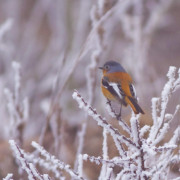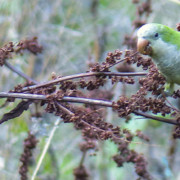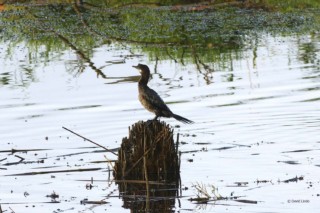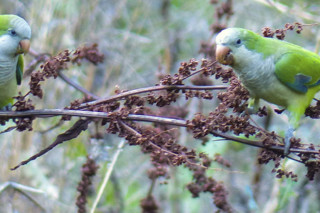“I’ll take Manhattan!”… and they have, by storm and popular demand. Possibly the most famous and loved bird in the USA, the American Robin Turdus migratorius was once only a common transient and irregular winter visitor in inner urban Manhattan, only regularly nesting in the suburbs and in the largest city parks. New Yorkers would hear their beautiful caroling in the middle of the night all over Manhattan echoing in the moonlight in March and April, but then they would all but disappear from late May until early autumn. But not anymore!
The Robin phenomenon started around 2003 or 2004, and it seems that any sheltered ledge or light fixture in the smallest possible garden, terrace, or rooftop is open and acceptable real estate for this red-breasted thrush. Robins can now be seen in almost any urban area of Manhattan. This was not the case five years before. In a time when so many of our native urban birds like the Common Nighthawk and Chimney Swift are disappearing, Robins are not only stable but thriving in a city near you.
Robins are approximately ten inches long, have a grayish upper body, darker, almost black head, white eye-ring, throat and belly and of course, their trademark brick-red breast. They can be found in every state of the continental U.S., every province of Canada, and even down into Mexico at certain times of the year. In the US, they are the most well known member of the thrush family and have become extremely adaptable, living in almost any available habitat. They are the state birds of Connecticut, Michigan and Wisconsin and are featured on the two-dollar Canadian bill.
Their famous nests of mud and straw can be found in an astonishing list of places near human habitation. The list includes sheltered ledges, lamp-posts, busted chimneys, trellises, arbors and even statues, mailboxes and hanging flower pots. They are second only to wrens for their outrageous choice of nest sites. Their beautiful nests are so sturdy that other animals often utilize them after they are abandoned. Everything from Mourning Doves and Common Nighthawks to insects and even dormice have used the Robin’s former homes for nesting and roosting.
“A song, a story, and a legend”… the Robin has been celebrated in all forms of music and art: e.g. “The Ballad of Cock-Robin,” “Rockin’ Robin,” and, “When the Red Red Robin Comes Bob-bob-bobbin’ Along”. They even have a color named after them—Robin’s egg blue. Everyone knows that Robins are the original harbinger of spring and are often a child’s first introduction to the world of birds and nature. In other words, they are literally the singing, living, lawn-ornaments of America.
They are genuine kings of the turf and must be appreciated and protected. It’s truly exciting for New Yorkers to see this native bird among the Starlings and House Sparrows. I have watched even the most jaded Manhattanites stop to admire and marvel in disbelief that Robins are living in this concrete jungle. They are regal; dashing birds that give the city much needed color and beautiful music. They more than hold their own. They are strong and loving parents, displaying real American spirit in the cement forests of the United States.
You can attract Robins to nest in your area by building a nest shelf (the instructions can be easily found online). Remember to put the shelf in a quiet sheltered area because it is not an ornament to attract unwanted attention from predators. Don’t be surprised if a House Finch or Mourning Dove decides to take over your shelf. If you live near water, you may also end up with a Barn Swallow or a phoebe.
Planting native fruiting and evergreen trees and shrubs like Eastern Red Cedar, Bayberry, Inkberry, Hawthorn and Mountain Ash will insure the survival of our true wild heritage and also provide nesting sites, food and shelter for many species of birds, including Robins.
For my European friends, your Blackbird Turdus merula is probably the closest relative you have to our Robin. Juvenile Robins look amazingly similar to your Fieldfare Turdus pilaris with their spotted breasts and light brick-red chests. For my friends in Asia, your Brown-headed Thrush Turdus chrysolaus and Dusky Thrush Turdus eunomus look almost identical to our Robin.

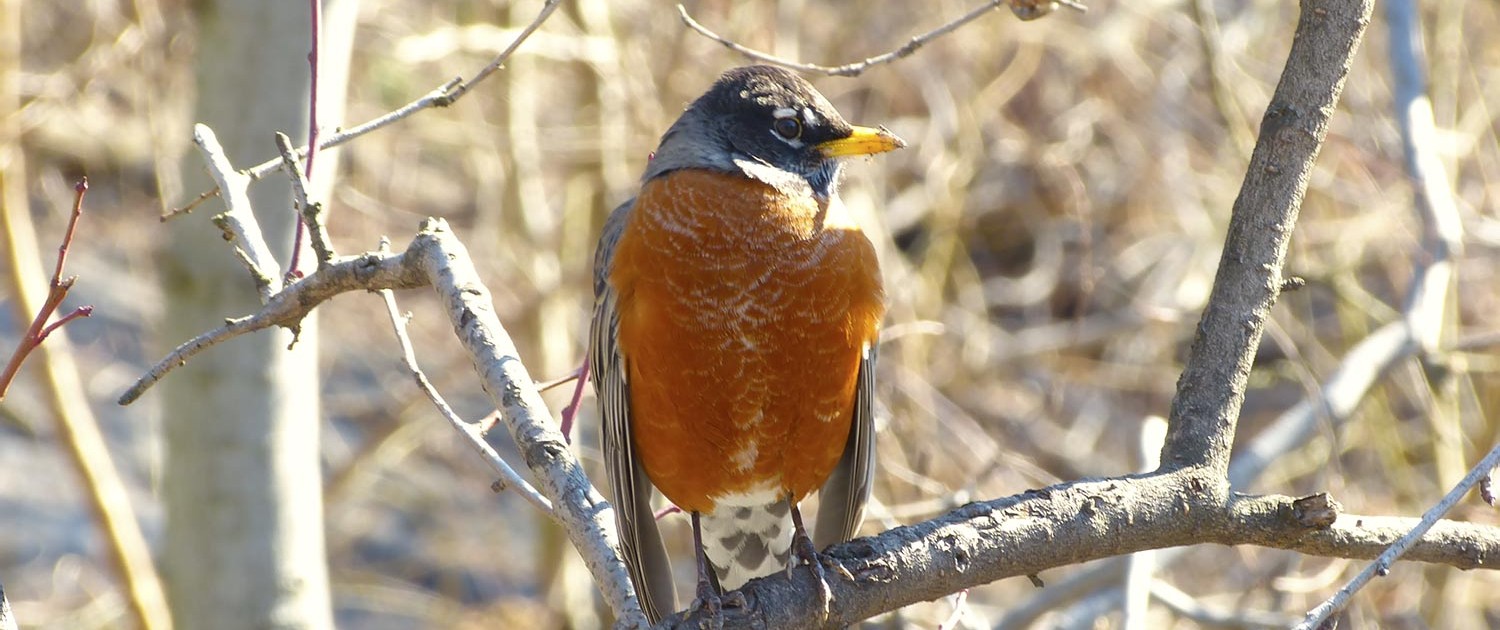
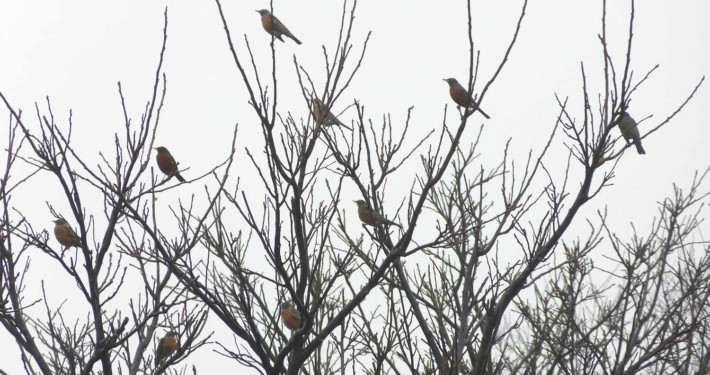
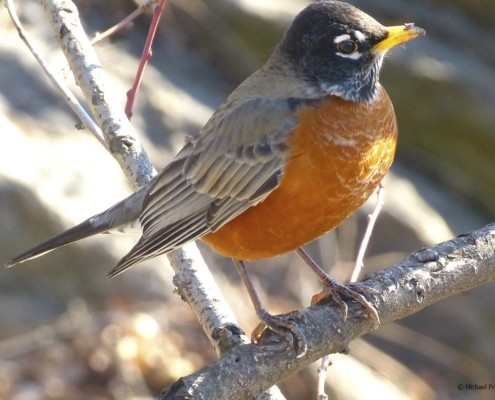
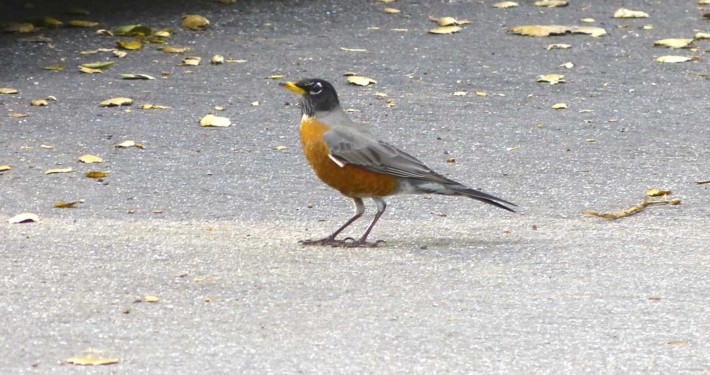
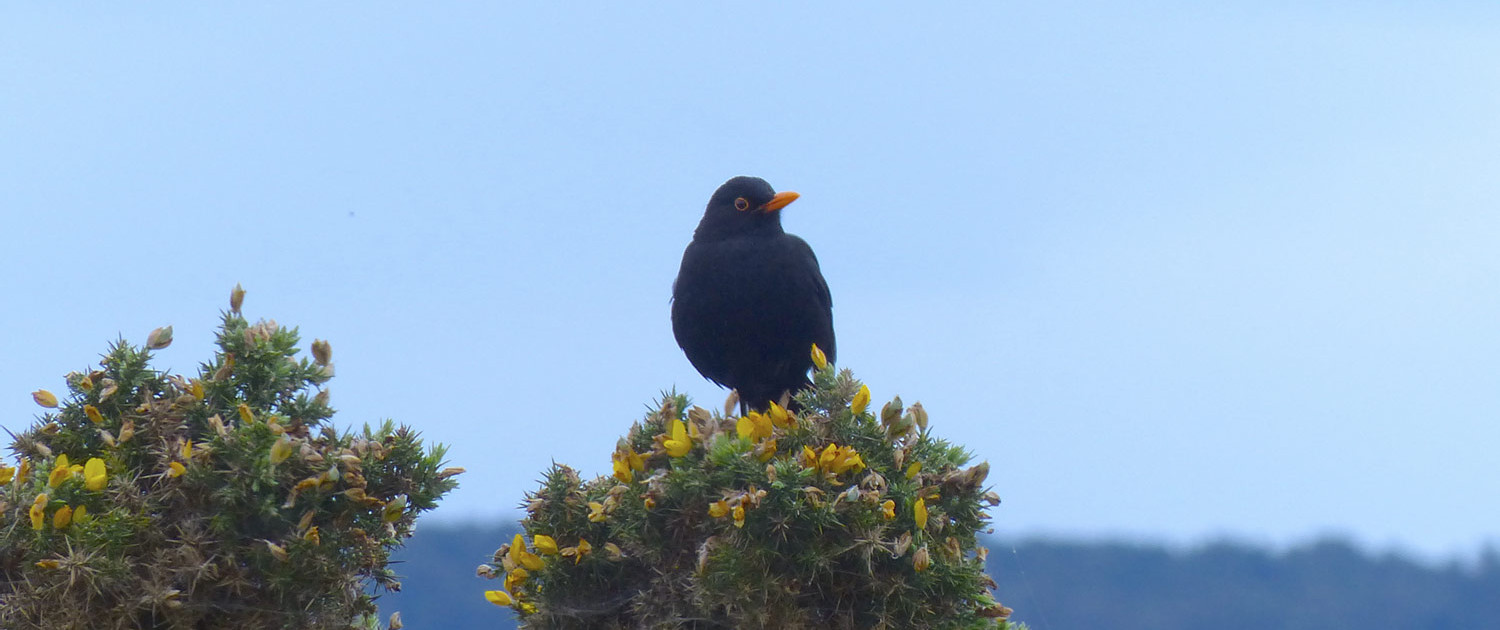
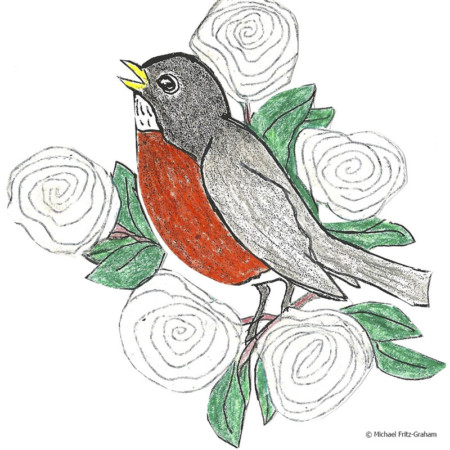
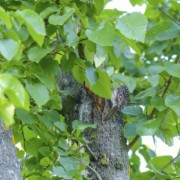
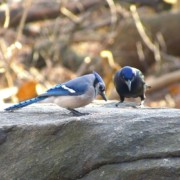
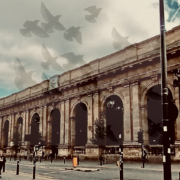 © Ruth Chambers
© Ruth Chambers 
